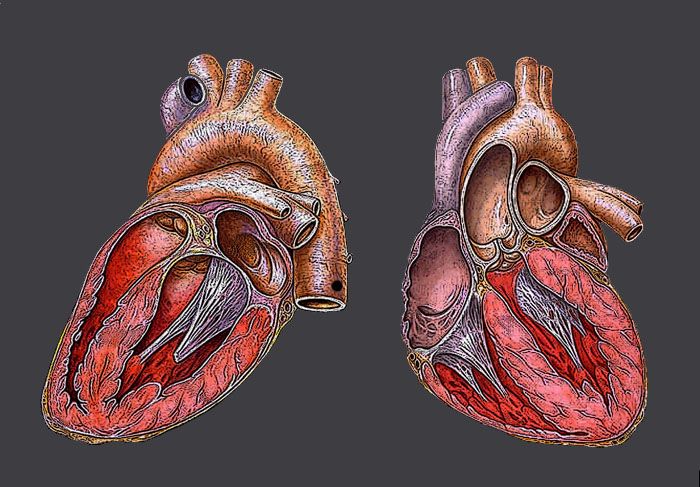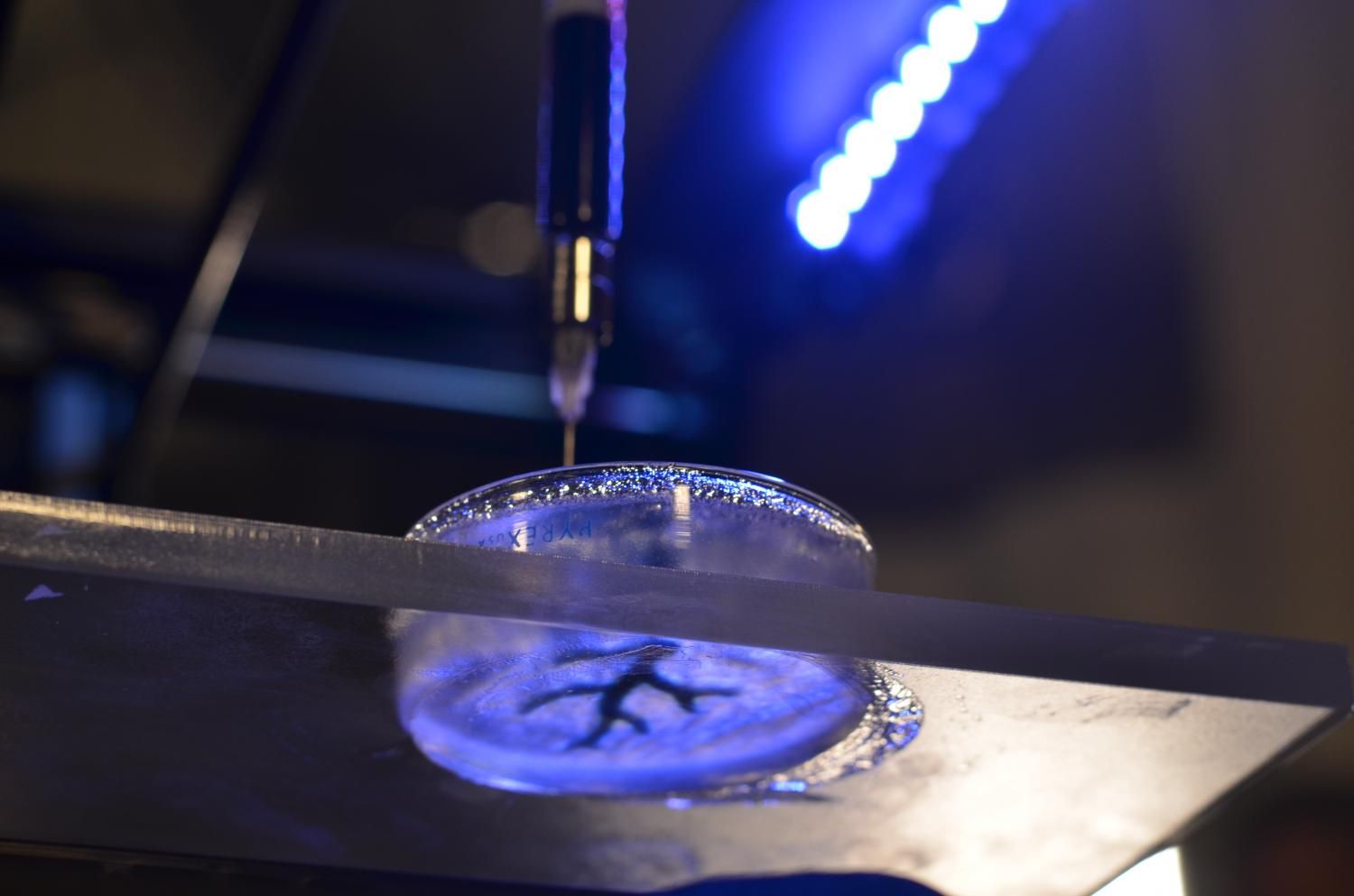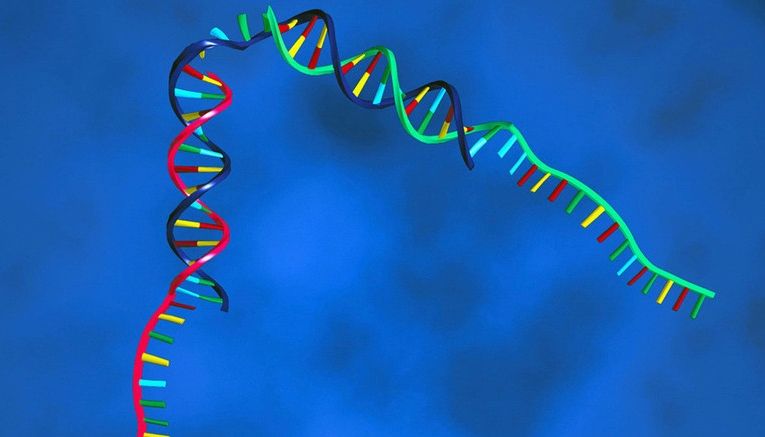Archive for the ‘biotech/medical’ category: Page 2689
Oct 25, 2015
Scientists Connect Brain to a Basic Tablet—Paralyzed Patient Googles With Ease
Posted by Phillipe Bojorquez in categories: biotech/medical, mobile phones, neuroscience
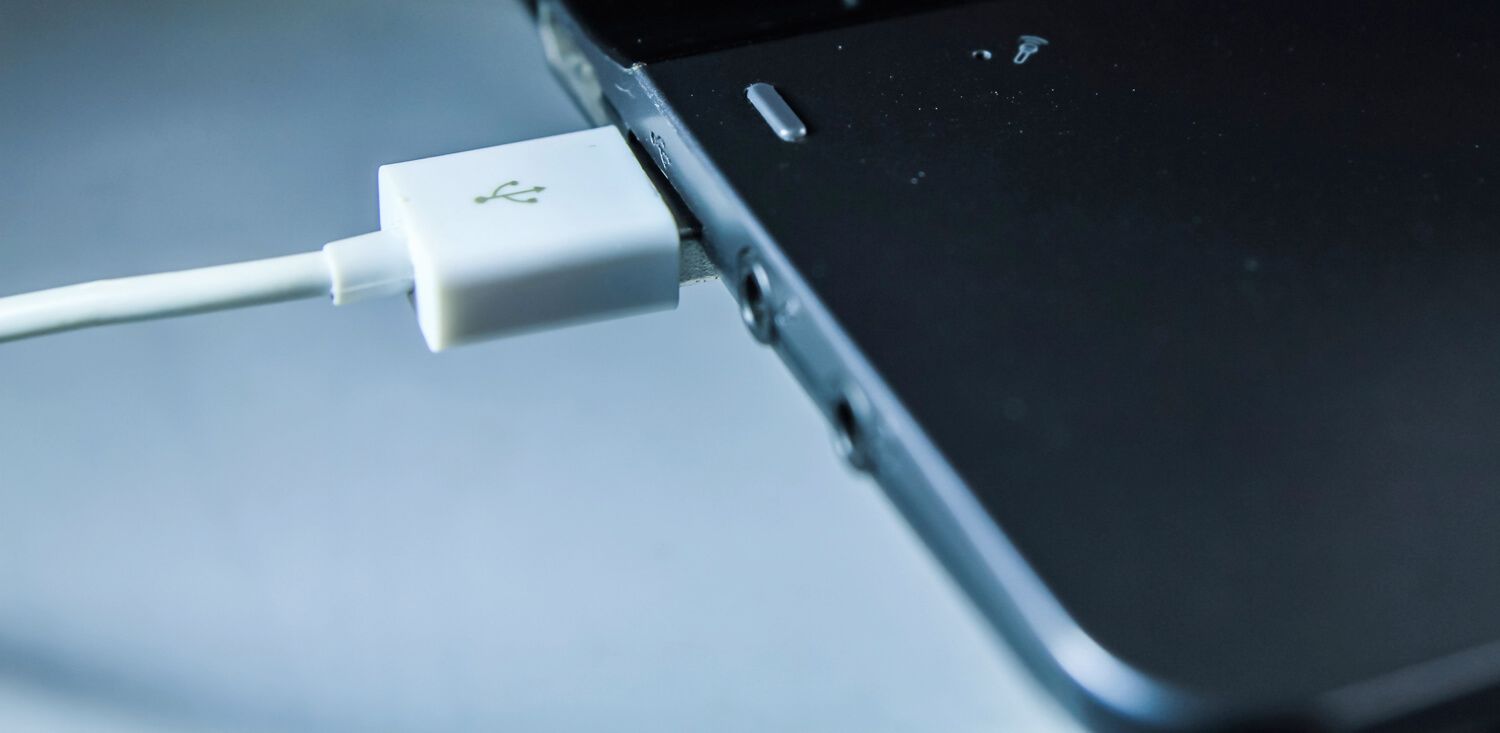
That was the year she learned to control a Nexus tablet with her brain waves, and literally took her life quality from 1980s DOS to modern era Android OS.
A brunette lady in her early 50s, patient T6 suffers from amyotrophic lateral sclerosis (also known as Lou Gehrig’s disease), which causes progressive motor neuron damage. Mostly paralyzed from the neck down, T6 retains her sharp wit, love for red lipstick and miraculous green thumb. What she didn’t have, until recently, was the ability to communicate with the outside world.
Oct 25, 2015
Fighting Aging With Gene Therapy: An Exclusive Interview With Liz Parrish, The Pioneer Who Wants To Keep You Young
Posted by Steve Hill in categories: biotech/medical, health, life extension, neuroscience
Nice interview by The Longevity Reporter about BioViva Sciences Inc.
Liz Parrish isn’t your average CEO. A passionate advocate for change, her.
company BioViva is leading the fight for healthy longevity with pioneering.
gene therapies targeting Alzheimer’s, sarcopenia and even aging itself.
Parrish dreams big, but she’s a woman of action. She’s even demonstrated.
her commitment by testing cutting-edge therapies on herself. Could her.
efforts change how we think about aging? Is gene therapy the future or are.
we moving too fast? We caught up with the woman herself to find out more.
Oct 24, 2015
Male And Female Hearts Don’t Age In The Same Way
Posted by Robert James Powles in categories: biotech/medical, genetics, life extension
After a 10 year study of 3000 people, researchers have made the surprising discovery that hearts age differently in men and women.
We need personalised medicine
We know people age differently, both inside and outside. This is down to a complex interplay of genetics and environment, which leads to significant variation in the aging process for all of us. What we didn’t expect was that such a striking difference would emerge between the genders. So what does this mean? Could there be more we’re missing?
Oct 24, 2015
Team hacks off-the-shelf 3-D printer towards rebuilding the heart
Posted by Shailesh Prasad in categories: 3D printing, biotech/medical, engineering, materials
As of this month, over 4,000 Americans are on the waiting list to receive a heart transplant. With failing hearts, these patients have no other options; heart tissue, unlike other parts of the body, is unable to heal itself once it is damaged. Fortunately, recent work by a group at Carnegie Mellon could one day lead to a world in which transplants are no longer necessary to repair damaged organs.
“We’ve been able to take MRI images of coronary arteries and 3-D images of embryonic hearts and 3-D bioprint them with unprecedented resolution and quality out of very soft materials like collagens, alginates and fibrins,” said Adam Feinberg, an associate professor of Materials Science and Engineering and Biomedical Engineering at Carnegie Mellon University. Feinberg leads the Regenerative Biomaterials and Therapeutics Group, and the group’s study was published in the October 23 issue of the journal Science Advances. A demonstration of the technology can be seen below.
“As excellently demonstrated by Professor Feinberg’s work in bioprinting, our CMU researchers continue to develop novel solutions like this for problems that can have a transformational effect on society,” said Jim Garrett, Dean of Carnegie Mellon’s College of Engineering. “We should expect to see 3-D bioprinting continue to grow as an important tool for a large number of medical applications.”
Oct 22, 2015
98% Of Drugs Never Make It To The Brain, But This Method Could Change That
Posted by Robert James Powles in categories: biotech/medical, neuroscience
Treating the brain isn’t like the rest of the body. Your blood-brain barrier shields it; filtering the blood to ensure nothing untoward makes it through. This protection is normally a good thing, but it becomes a problem if you want to deliver therapeutic drugs through it. This method could be a solution.
Smuggling therapeutics
Many diseases like Parkinson’s and Alzheimer’s disease are extremely difficult to treat. Only very specific molecules can make it through the brain’s secure barrier, and most drugs don’t make the cut. This poses a challenge when you want to treat disease inside the brain, and so efforts have been focused on finding a way to overcome this. New research has now demonstrated a way of treating Parkinson’s disease with a surgical treatment that opens up a small route to bypass the barrier; essentially a smuggling hatch into your brain.
Oct 22, 2015
Key to longevity? Sharing DNA info is necessary to extend human life, Google exec says
Posted by Dan Kummer in categories: biotech/medical, genetics, life extension
The much pursued fountain of youth can become a reality if humans agree to share their DNA information, according to Google Ventures’ CEO Bill Maris, who has warned that “we’re all going to die” earlier if we keep our genetic codes secret.
Maris, who aims to digitize DNA, stressed during a Wall Street Journal technology conference in California that our genomes “aren’t really secret,” urging those protective of their genetic information to loosen the reins a bit.
Noting that genetic material is constantly left lying around in public, Maris addressed those who remain nervous about the digitization of DNA. “What are you worried about?” he said on Tuesday, adding that a person could easily gather information by fishing a used cup out of the trash and taking it to a lab for analysis.
Oct 21, 2015
The First Robot Operated Hospital in North America Has Finally Opened
Posted by Shailesh Prasad in categories: biotech/medical, food, health, robotics/AI
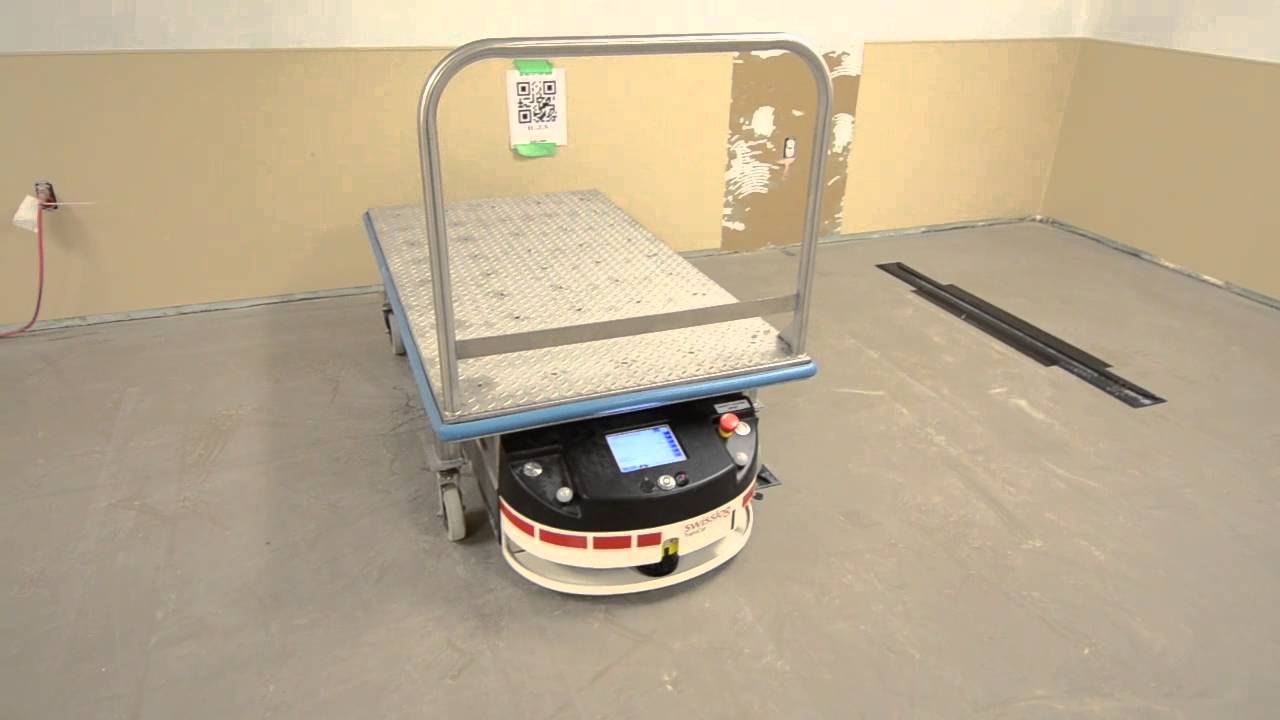
The $1.7 billion investment has finally opened its doors to the public, and the robots are ready to provide patients with a medical experience that’s truly revolutionary.
Hailed as the first fully digital hospital in North America, the Humber River Hospital in Toronto, CA finally opened its doors to the public on October 18. In addition to being equipped with the most advanced technologies, robots currently man several areas of the facility. This includes the radiology area where they facilitate the X-Ray procedure and the chemotherapy area where they mix, prepare, and monitor the drugs being administered to the patients. Before the drugs get to the patients, each package is checked and scanned thoroughly through an information management system to make sure that the patients get the correct treatment. These automated robots will also be assisting the health care staff by carrying and delivering medical supplies and food for patients.
Continue reading “The First Robot Operated Hospital in North America Has Finally Opened” »
Oct 21, 2015
Paralyzed man regains use of arms thanks to ‘wireless spinal cord’
Posted by Albert Sanchez in categories: biotech/medical, neuroscience
Remember that paralyzed guy from Southern California who managed to walk on his own accord thanks to a revolutionary technique that bridged the gap in his severed spinal column with a wireless Bluetooth link? A team of doctors at Ohio’s Case Western Reserve University have reportedly accomplished the same feat with a patient’s arms.
The team described its initial findings at a meeting of the Society for Neuroscience in Chicago on Tuesday. The system works much like that of the earlier team at UC Irvine: a brain-control interface (BCI) reads the patient’s brain waves emanating from his motor cortex, converts them into actionable electrical signals and wirelessly transmits them to an actuator “sewn into” the patient’s arm. This actuator is comprised of 16 filament wires that generate electrical impulses, which cause various muscle groups to contract when stimulated. The patient thinks about moving his arm and it does so — well, sorta.
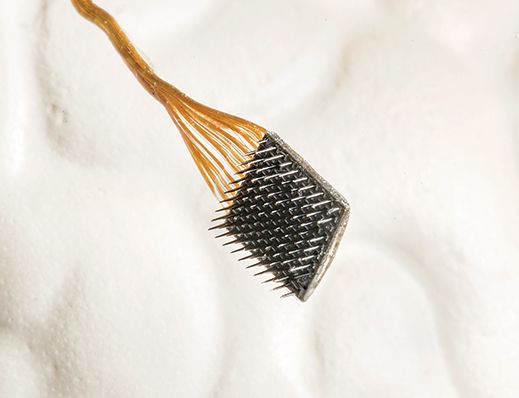
Oct 21, 2015
Scientists Have Genetically Engineered Dogs To Make Them More Muscly
Posted by Bryan Gatton in categories: biotech/medical, food, genetics, health, military
As long as they don’t enter the food supply.
First micropigs, now dogs: Scientists in China have used a gene-editing technique to produce the world’s first genetically engineered pooches. Although these two endeavors share scientific roots, with their production aimed at assisting medical research, unlike the teeny tiny pigs, the researchers behind this latest project are not intending to sell their customized animals as pets.
So it probably won’t come as a surprise that the dogs weren’t engineered to be cuter, fluffier or more pocket-sized: they had their DNA tweaked to make them more muscly. The first of many potential edits the team would like to carry out, this was done with the forces in mind.
Continue reading “Scientists Have Genetically Engineered Dogs To Make Them More Muscly” »


